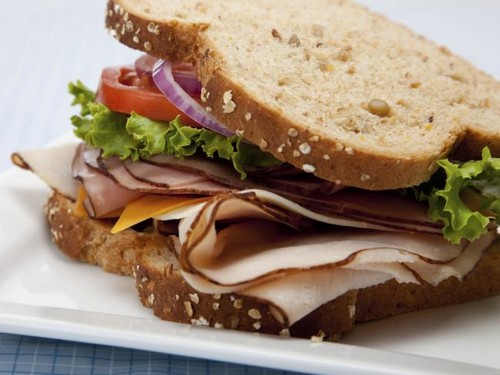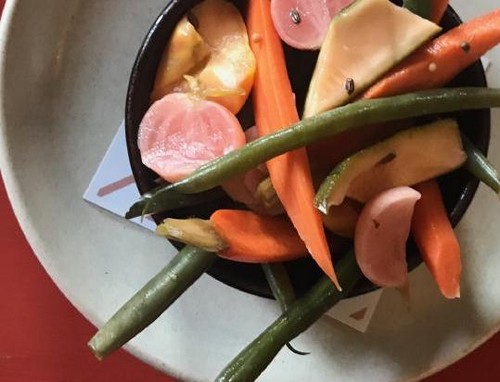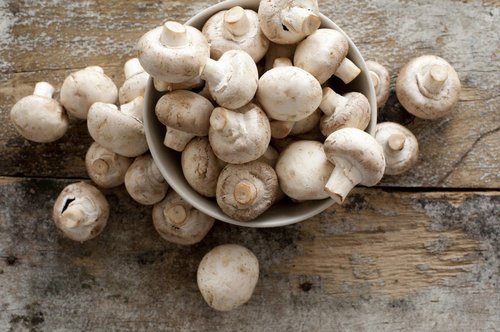
5 Weight Loss Facts That Have Stood The Test Of Time
IN the current dietary age of ketogenic eating, green smoothie making and intermittent fasting, making sense of an overwhelming amount of conflicting diet information is no easy task. However, the things we know to be true about weight loss today are relatively simple, and certainly few. Here are 5 facts about weight loss you can count on:
1. YOU CAN’T OUT RUN A POOR DIET
It’s irrefutable. Regular exercise has a huge role in fat burning, but it’s the diet that will ultimately make or break the weight loss success. One study showed that exercise alone cannot drive significant weight loss compared to dieting alone, partly due to exercise’s effects on appetite hormones — meaning the majority of us unknowingly compensate for the calories we expend.
According to Medibank’s energy expenditure, running for 1 hour will burn off 2.5 slices of pizza and 1.5 hours of light weight training equals 3 glasses of wine. So in many ways it is obviously much easier simply to reduce the amount of calories you eat rather than trying to burn them off. Of course, a combination of exercise and healthy eating is best: improve your eating habits to help shift the weight and exercise regularly to help keep the weight off.
Doesn’t matter how much exercise you do, if you grab a pizza straight after your workout, you’ve negated all your good work.
2. EAT ENOUGH FIBRE
Dietary fibre has been credited with a host of health benefits, including the potential to improve blood cholesterol, relieve constipation and reduce colon cancer risk. However research continues to uncover the weight reducing properties of having more fibre in the diet.
So how does fibre work, anyway? Put simply, fibre refers to the carbohydrate found in plant foods like vegetables, fruits, beans, nuts, legumes, and seeds that your body can’t digest. This means the fibre passes straight through your system without causing your blood sugar to rise, which is important for managing hunger.
Fibre adds bulk to meals (without adding a lot of extra calories to your diet), which can slow down the rate of digestion, aiding in the filling effect — another factor in fighting hunger for hours.

A simple salad and turkey sandwich on wholemeal bread is a good option for lunch. The fibre adds bulk to your meals and will help keep you full.
Dietary fibre is also a renowned champion for gut health and research is now focusing on how different types of fibre affect the gut microbiome — that is the ‘good’ bugs that thrive in the gut (known as a ‘prebiotic effect’), which is believed to be beneficial for health and waistlines.
Unfortunately, one in two Australians are not meeting the advised daily fibre intake (25-30 grams per day). This is partly due to a widespread reduction in grain consumption due to faddy diets or removal of whole food groups, such as grains. To ensure you reach your daily fibre quota, aim for 2 serves of whole fruit, (preferably with skin), 5 serves of vegetables, 4-6 serves of grains, preferably high fibre or whole grain and 1 serve of nuts and legumes.
3. SPEAKING OF VEGETABLES — EAT MORE OF THEM
Let’s set the record straight: The message of the ‘80s to “eat a low-fat diet” never meant eat low-fat brownies or a whole packet of rice crackers.
Technically, a diet that is lower in fat means filling your plate with more plant-based food like vegetables (and fruit and legumes). Less than four per cent of the population consumes the minimum recommended number of serves of vegetables so we can always make room for more on our plate — the more colourful, the better.
It doesn’t have to be a kale salad, either. If you’re drawn to the starchy veg like sweet potato, pumpkin, peas, or carrots, so be it. The idea is establishing a habit around eating vegetables every day.

Vegetables don’t have to be boring.
4. QUALITY TRUMPS QUANTITY
A “kilojoule is a kilojoule” is a repeated dietary slogan, but focusing on food quality is equally important. With a plethora of calorie counting apps at your fingertips, it may be tempting to swap out eating nuts and a piece of fruit for a packet of chips because they’re equal on kilojoules.
Unfortunately, the way the body will metabolise and use this energy will vary considerably. In other words, food is much more than a collection of kilojoules, because kilojoules tell you nothing about how nutritious, or satisfying a food is. Chances are eating just a packet of crisp won’t really fill you up.

Yes, they are high in kilojoules, but whole nuts will fill you up, and they’re a good option if you are looking for a snack between meals.
5. CURB THE ‘JUNK’
Most of the healthiest foods have only one ingredient: Think apple, spinach, nuts, etc.
Longer lists generally mean more ingredients (most unrecognisable) and more sugar, fat and salt — all reliable markers that a food is highly processed.
While it’s safe to say that a healthy diet will never be built on specially formulated protein bars, gluten free cookies, or similar treats — these foods do not provide significant nutrients to the body, and overconsumption is linked wider waistlines.
That’s not going to change.











